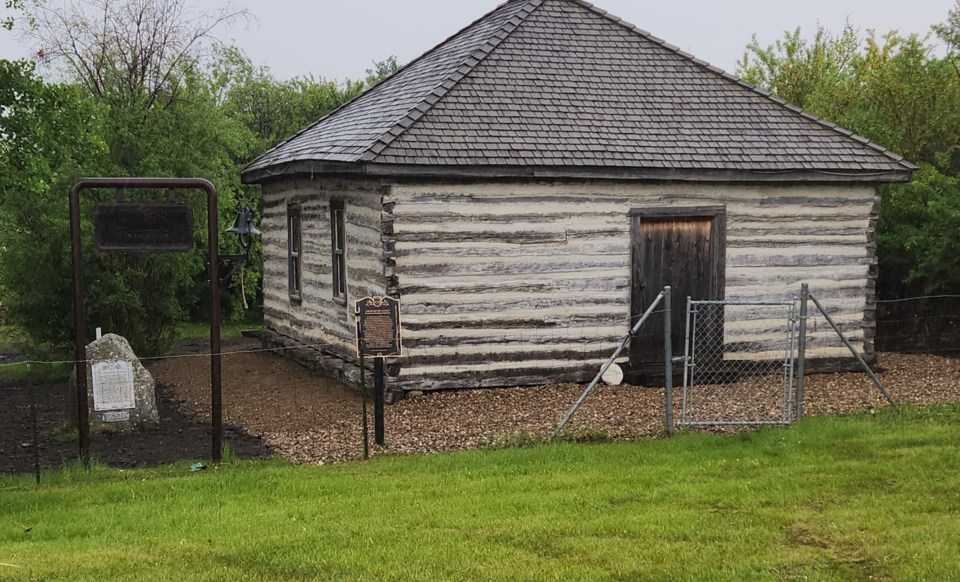The one-room Shiloh Baptist Church, constructed from hand-hewn poplar logs nestled in a small grove near a cemetery with 37 white crosses, is a poignant reminder of Saskatchewan's first Black settlement.
There are still descendants of the Shiloh people, who moved 29 kilometres north of Maidstone, Sask., from Oklahoma in the early 1900s as part of the Great Migration of Black settlers from the United States, lured by the promise of free land and a better life.
Shiloh was an ancient city and sanctuary in ancient Israel, signifying spiritual refuge and community gathering.
"You're coming over to this no man's land. You have no idea and people have probably never seen Black people," said Crystal Mayes, whose great-grandmother Mattie was born into slavery and made her way to Saskatchewan with her husband, Joseph.
"You're coming from a farming background, but farming in Oklahoma isn't like farming in Saskatchewan. Then you have to deal with the winters and make a way for yourself. It took an amazing amount of courage and determination and fortitude."
In the early 1900s, an increase in discrimination in the American South led to an exodus of African Americans to communities in Alberta and near Maidstone. A dozen families made the move to Saskatchewan from Oklahoma for the promise of free land.
At its peak, about 50 families lived in the area.
"There was a lot of information coming from Canada that they were giving land away if you wanted to break it. They actually sent two people down to Saskatchewan to check out what it was like to see if it was real," Mayes said.
Mayes said her great-grandmother was a midwife and delivered both Black and white babies during her decades there. Over time, most other Black families wanted better opportunities.
"Long story short, the families just moved away."
Mayes said her family didn't experience a lot of discrimination in Saskatchewan, likely because Mattie was a midwife, but discrimination was still quite present at the federal level.
When the migration hit its peak between 1909 and 1911, a federal order-in-council barred Black people from Canada, deeming them "unsuitable to the climate and requirements" of the country. It was later repealed.
Leander Lane has written a book, "The Road to Shiloh," about the province's first Black community and his great-grandfather, Julius Caesar Lane, also born into slavery.
"There was quite a lot of racism. The Canadian government wanted American farmers, but they obviously didn't want Black farmers," Lane said.
"The government tried to discourage them any way they could, and the white people were screaming blue murder. There were front-page ads in the newspaper about negroes taking over."
Lane said those who came to Saskatchewan were probably unaware of the weather, and the back-breaking work required them "to hack their way through the bush to their farms."
The Shiloh Baptist Church received Saskatchewan heritage designation in 2018, but Lane said many people don't know about the province's Black history.
"I wouldn't say it's been ignored. It's just people don't know. They don't talk about it," he said.
"I'm involved with the Shiloh Baptist Church … and even people in the area … a lot of people I came across had never heard of the church, let alone the Black history."
This report by The Canadian Press was first published Feb. 16, 2025.
Bill Graveland, The Canadian Press



